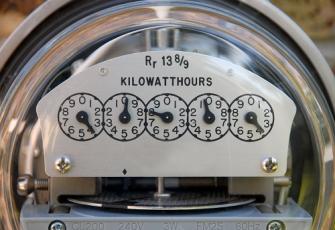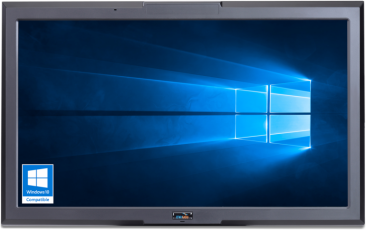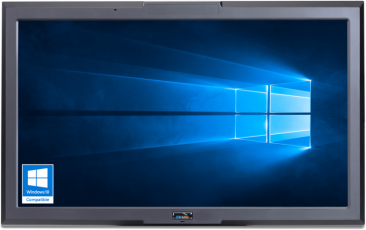Advantages of Power-Over-Ethernet (PoE) Computers
The Power over Ethernet Computer demonstrates a host of technical benefits and scalable features, and as a result will turn out to be the next generation, cost-effective performance optimized information delivery solution.
There are numerous environmental, cost and management benefits for using thin clients, but one of the benefits often overlooked is the ability of thin clients to take advantage...





